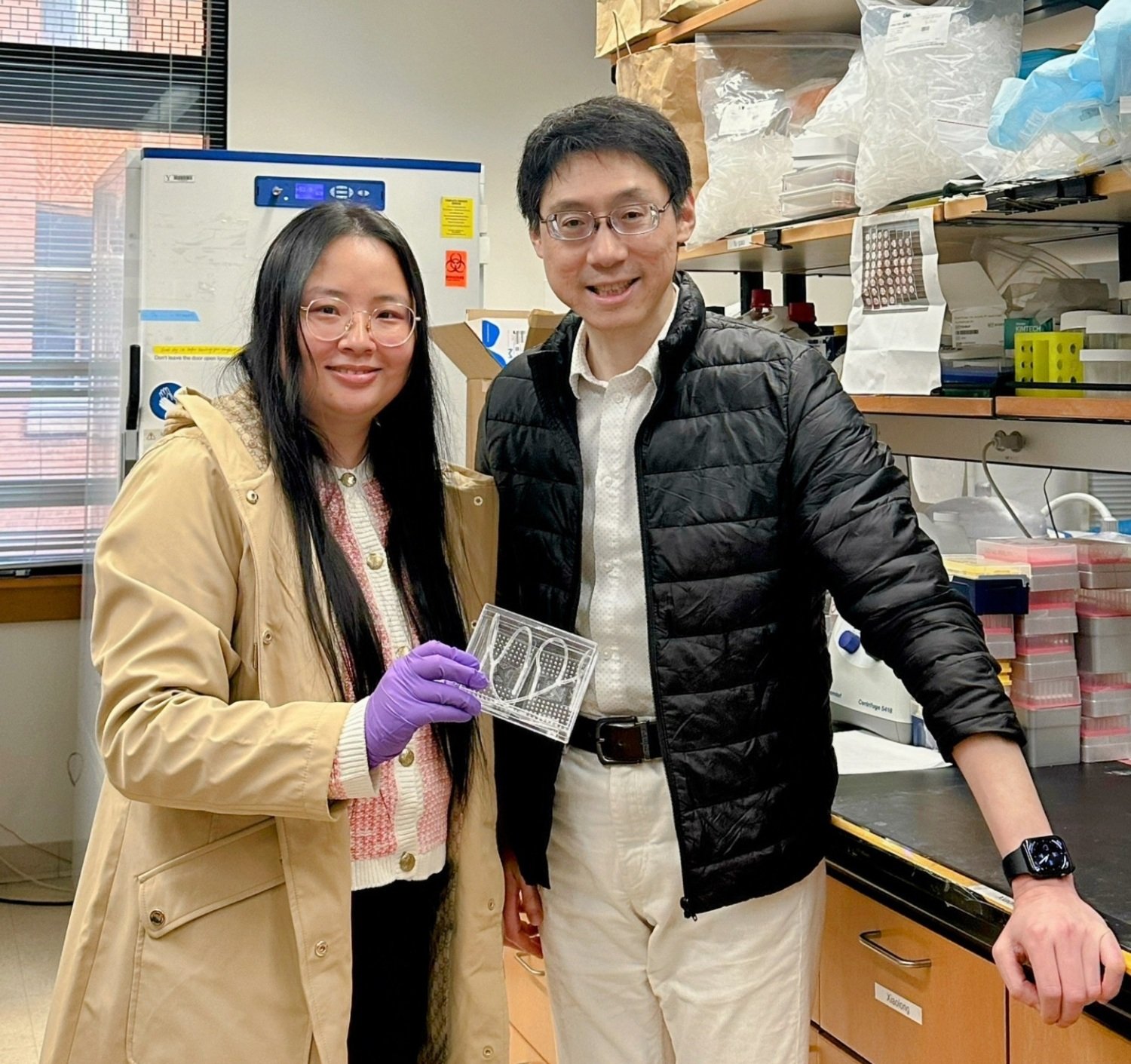Scientists map how the brain develops – and how it resolves inflammation

Researchers at Karolinska Institutet and Yale University have created a multidimensional, molecular map of how the mouse brain develops after birth and how it reacts to inflammation. The study, which is published in Nature, shows that some of the molecular programmes that govern brain development can be reactivated in the brain during inflammation.
Brain development is a complex process involving, for example, the precise diversification and distribution of cells into distinct areas. The researchers behind the present study have developed a new method called spatial tri-omics, that enables them to simultaneously measure in a specific area of the brain: 1) the activity of genes, 2) how this activity is regulated by epigenetic changes, and 3) if this activity ultimately leads to the production of proteins.
The study is based on analyses of mouse and human brains at different stages of development.

“We’ve been able to use this multidimensional method to track brain development over time and map changes from birth to a young age in different parts of the brain, as well as study how the brain reacts to inflammation,” explains Gonçalo Castelo-Branco, professor at the Department of Medical Biochemistry and Biophysics at Karolinska Institutet, Sweden.
Inflammation spreads through the brain
Myelination is the process that provides nerve cells with a protective sheath of insulating myelin that ensures the quick and effective transmission of nerve signals. An area of the brain with abundant myelination is the corpus callosum, which is affected by neurological diseases like multiple sclerosis, MS, where myelin and oligodendrocytes (the myelin-producing cells) are attacked by the immune system.
Using a mouse model that disrupts myelination in specific areas in the brain, the researchers found that the brain’s immune cells, microglia, are activated not only locally as a response to damage, but also at remote sites of the brain.

“We were surprised to see that inflammation can spread to other parts of the brain, even when there’s no direct damage there,” says Rong Fan, professor at Yale University, USA, who led the study with Professor Castelo-Branco. “This suggests that in the event of disease, the brain has a complex means of communication between its different areas.”
Of possible significance to MS
One important finding was that genetic programmes that are activated during brain development can be reactivated in neuroinflammation.
“This is interesting as it can give us clues as to how and why the myelin is broken down by diseases like MS,” says Professor Castelo-Branco. “We found that inflammation in the brain can spread and affect areas far from the original locus of damage, which could give insights into how MS develops and provide us with new tools for treating the disease.”
Postdoctoral fellows Di Zhang at Yale University and Leslie Kirby at Karolinska Institutet are co-first authors of the paper. The study was financed by several funding agencies, including the Swedish Research Council, the Swedish Brain Foundation, the Knut and Alice Wallenberg Foundation, the EU’s Horizon Europe programme and the National Institutes of Health (USA). Gonçalo Castelo-Branco holds shares in Nexus Epigenomics. Rong Fan is a founder of and advisor to IsoPlexis, Singleron Biotechnologies and AtlasXomics.
Publication
”Spatial dynamics of brain development and neuroinflammation”, Di Zhang, Leslie A Rubio Rodríguez-Kirby, Yingxin Lin, Wenqi Wang, Mengyi Song, Li Wang, Lijun Wang, Shigeaki Kanatani, Tony Jimenez-Beristain, Yonglong Dang, Mei Zhong, Petra Kukanja, Shuozhen Bao, Shaohui Wang, Xinyi Lisa Chen, Fu Gao, Dejiang Wang, Hang Xu, Cong Ma, Xing Lou, Yang Liu, Jinmiao Chen, Nenad Sestan, Per Uhlén, Arnold Kriegstein, Hongyu Zhao, Gonçalo Castelo-Branco, Rong Fan, Nature, online 5 November 2025, doi: 10.1038/s41586-025-09663-y.
